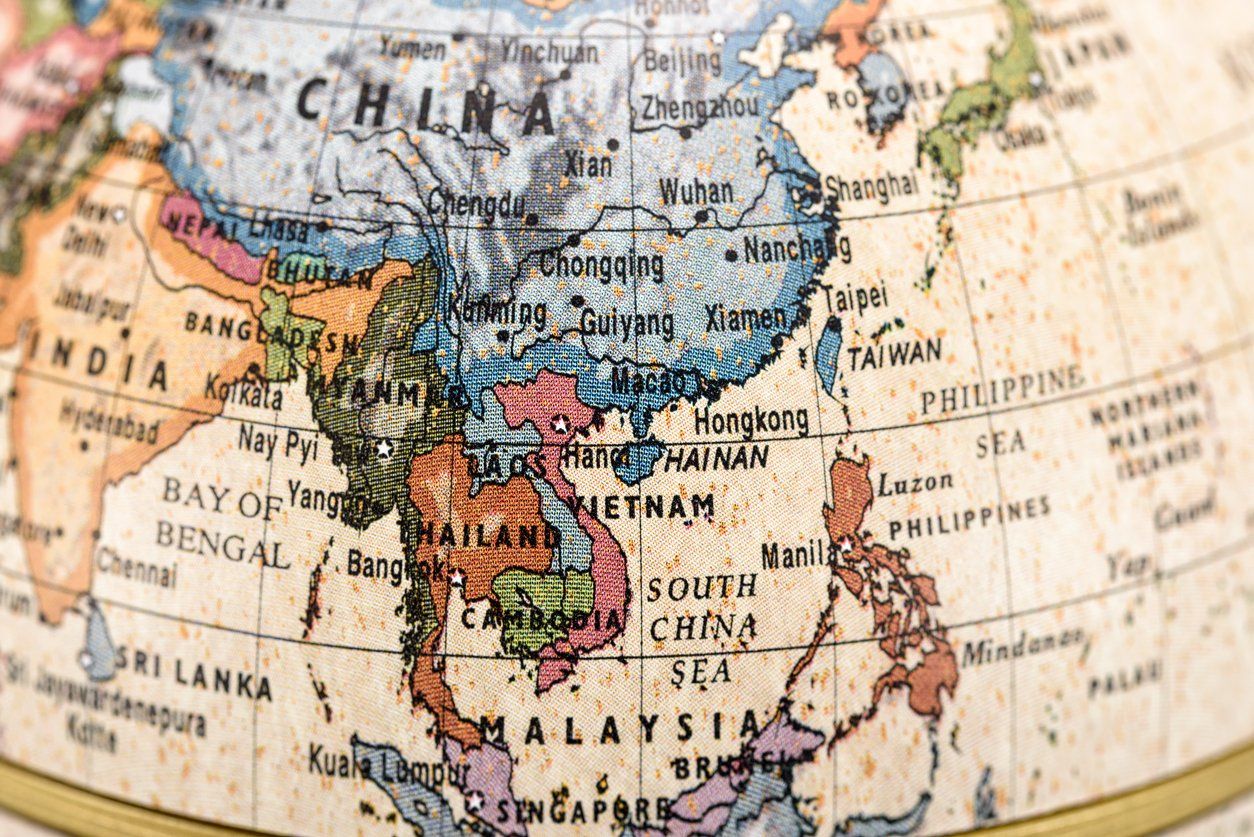Cultural Landscapes – The East
The world we live in is as beautiful as it is diverse.
Different landscapes, countless languages, and a bounty of traditions that have continued on through generations, are passed down in stories and song. The cultural fabric of any nation is made up of its people’s beliefs, food, customs, language, and music. Each of these individual parts help make up the unique whole, but each one is tied to the people from which they originate. It is the people’s food, the people’s music, and the people’s language for a reason.
Therefore, in order to understand a cultural identity, one must first understand its people.
In recent years, the many cultures of the world have been often and more aggressively divided into ‘the East’ and ‘the West’. The East (sometimes referred to as the Eastern World, the Far East, and so forth) refers, in large part, to the whole of Pacific Asia, while excluding Australia and New Zealand. The West, however, spans over the whole of Europe, across aforementioned Australasia and the Americas. Of course, it should be mentioned that while these labels are subject to discussion, they are based largely on territory, religion, and culture. Even so, there is flexibility around which countries – even cities – are considered to be in what sphere.
Let’s start by looking at the East, to better understand their personal brand of culture and how they contribute to the diversity of our world. Largely, Eastern outlooks are notably more traditional and conservative than their Western counterparts. They are usually more family-driven, with their family structures rooted in respect for their elders and parents. Even with levels of increasing modernization alongside the internet and social media bringing progressive ideas more often to the forefront, old customs like arranged marriages or integrated families still remain.
Similarly, there are topics and discussions that can trigger the collective sensitivities of a people. When many people, for good or for bad, share the same values, traditions, and a cultural perspective, even the very discussion of a contentious topic can become an issue. With the prevalence of streaming services and a wider access to films and media from other cultures, there is more exposure to topics that may be considered ‘taboo’ for certain groups.
Yet, where can one even begin? After all, the definition of ‘the East’ stretches as far west as Turkey and does not end until the eastern shores of Japan – a distance of over 5,000 miles! Part of the goal of this series is to present different examples of culture-focused controversy and media. Each have come out of the Eastern world, in order for people from all walks of life to better understand cultural sensitivities.
Stay tuned to our blog for a sampling of Eastern countries that have had moments of cultural difficulty in film and TV. The goal here is not to make any single defining statement, but to present and acknowledge each territory’s unique perspective and challenge with how they handle representation, censorship, and media within their own country.
Share this post
Related Posts











